|
Alpaca, llama, guanaco and vicuña are all camelids, closely related to the camels of Africa and Asia, and are native to high altitudes of the South American Andes. Alpaca (Vicugna pacos) and llama (Lama glama) account for almost all of the fibre production of these four and were originally domesticated in South America as a source of meat about 3500 BCE.
Around 2000 BCE, Andeans started to use alpacas for fibre and llamas for transport (see Smithsonian reference). Jane Wheeler and Mike Bruford (Bruford) have shown that alpacas originated from domestication of vicuñas (Vicugna vicugna) and that llamas originated from domestication of guanacos (Lama guanicoe). Vicuña and guanaco remain wild, however, and are protected species.
|
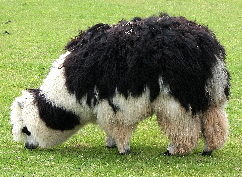
|
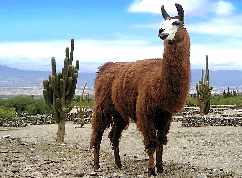
|
|
Alpaca
|
Llama
|
|
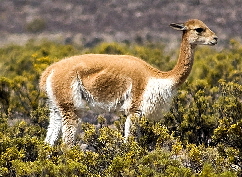
|
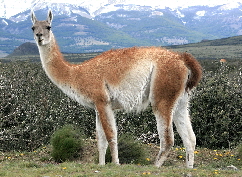
|
|
Vicuña
|
Guanaco
|
Alpacas were already domesticated when the Incas appeared in 1200 CE but the Incas further refined the alpaca for better fibre quality. When the Spanish conquistadors invaded Peru in 1532, they decimated the herds of alpacas, as well as llama and vicuña, because they believed that they competed with their imported sheep for pasture, and the few remaining animals were forced into the higher reaches of the Andes (Smithsonian).
|
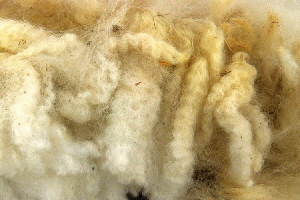
|
|
Huacaya alpaca prime blanket clip
|
|
The conquistadors almost wiped the camelids out and the knowledge and culture of fine fibre production was largely lost.
Following a resurgence in interest in fine fibre production, an intensive programme of conservation and development in Peru has resulted in an increase in alpaca numbers. There are now approximately three and a half million alpacas worldwide, with approximately 90 percent of these in Peru, but there is an increasing population outside South America, with 15,000 in the UK and 100,000 in Australia.
There are two types of alpaca; the huacaya, which accounts for 93 percent of the total and the suri which makes up the remaining 7 percent. The fibre of the suri is the longest and the most valuable. The fibre is fine and silky, between 20-40 microns in diameter (Smithsonian, Barton), depending on age, and 8-12 cms in length but the best fibre is only starting to achieve the fineness achieved by Andeans 1,000 years ago (less than 18 microns – Smithsonian, Pringle). There is a wide range of 22 colours from white, through greys, reddish browns and blacks. The coat of the alpaca grows continuously like the fleece of a sheep and the fibre is shorn.
Top of page
|

